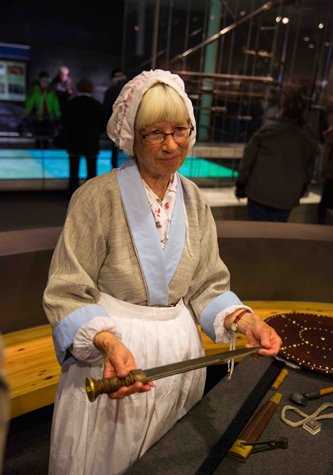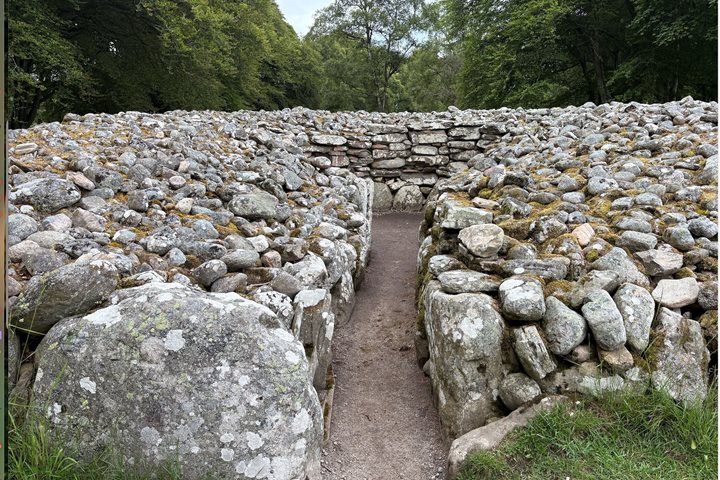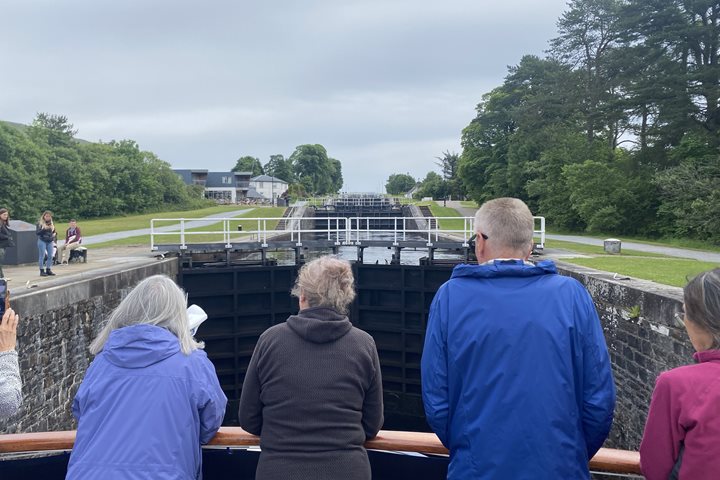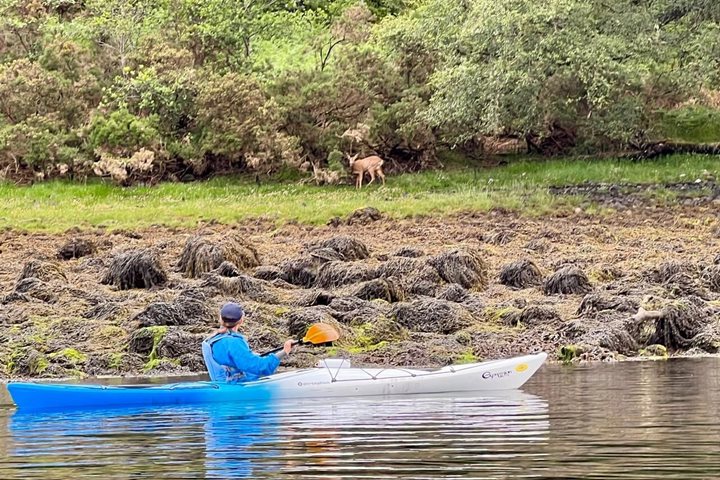The Battle of Culloden in 1746 was the last armed civil conflict on British soil. For centuries since the Reformation of the 1530s, a landed gentry class that had benefitted from the confiscation of the monastic estates, supported a Protestant monarchy in the face of any threat of Catholic tendencies. Protestant monarchs had been imported, William of Orange for example, to displace a ‘rightful’ monarch who had Catholic leanings. When the last of the Stuarts, Queen Anne, passed away at the beginning of the eighteenth century, a new German dynasty was imported from Hanover to preserve the Protestant succession. This was widely resented in Scotland for the Stuart dynasty was rightfully in place and parts of Scotland, particularly in the Gaelic-speaking north-west of the country had remained loyal to the Catholic faith. In 1715, when the first Hanoverian King George I arrived in Britain, supporter loyal to James (Jacobus in Latin) rose in a rebellion quickly crushed. When George II came to the throne a second Jacobite rebellion took place from 1745-6 under the romantic leadership of ‘Bonnie’ Prince Charlie. Advised to return home to France on landing in Scotland he is reputed to have replied, “I have arrived home!” His highlander army reached as far south of Derby within striking distance of London before falling back to Scotland the final denouement at Culloden, a desolate area of boggy ground not far from Inverness.
Today an award-winning visitor centre at the site of the final Jacobite defeat tells the story. Following Culloden, the forces of the Crown determined to rid Scotland of treacherous Catholic Gaels. The Gaelic language and clan system were proscribed, the playing of the bagpipes outlawed and wholesale forcible eviction and emigration, mainly of Canadian Maritime provinces ensued, a process known as the Highland Clearances in which an uneconomic people were replaced with more profitable sheep.
In the later afternoon we sailed across Loch Ness, the largest body of inland water in the British Isles, deeper than the North Sea, to reach Fort Augustus, named after the brother of King George II who led the victorious army against the Jacobite forces at Culloden. A series of forts speak to a highland region put under military occupation in the wake of Culloden.
In the morning we had also visited Clava Cairns, a late Neolithic/early Bronze Age site consisting of chambered cairns and megalithic stone circles. At Fort Augustus we enjoyed a choice of kayaking or hiking in the surrounding countryside in dry conditions, most welcome after a morning of heavy rain.







